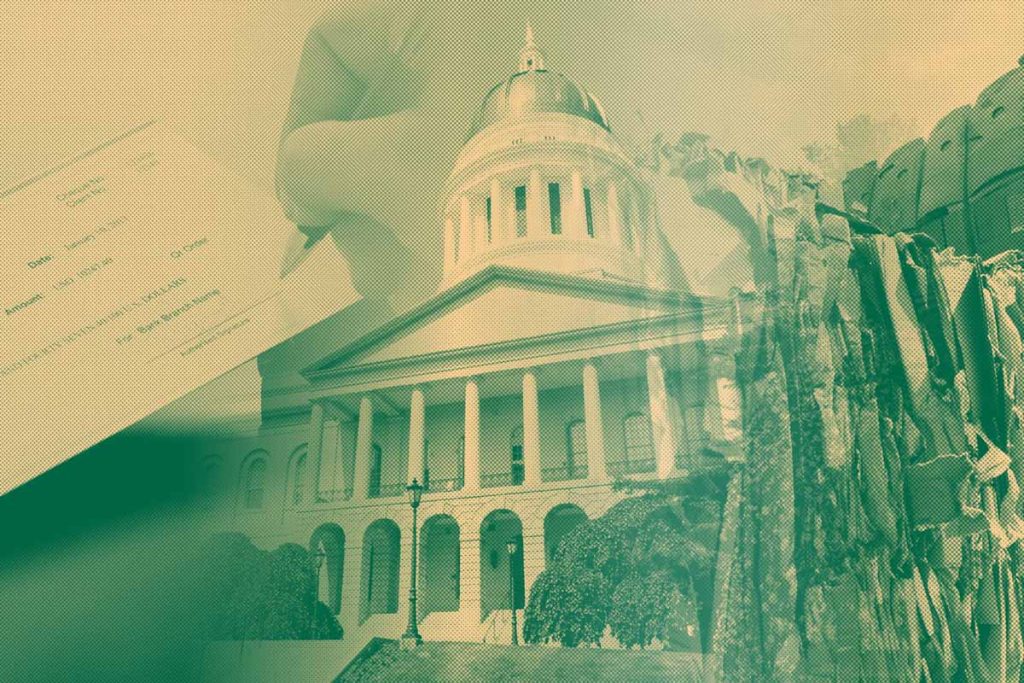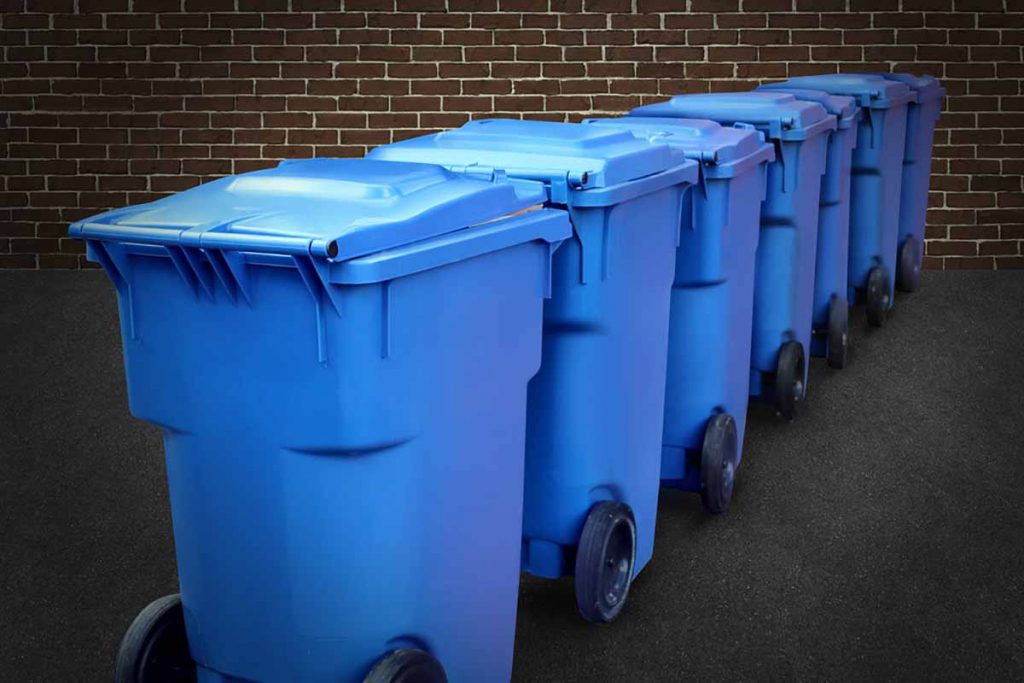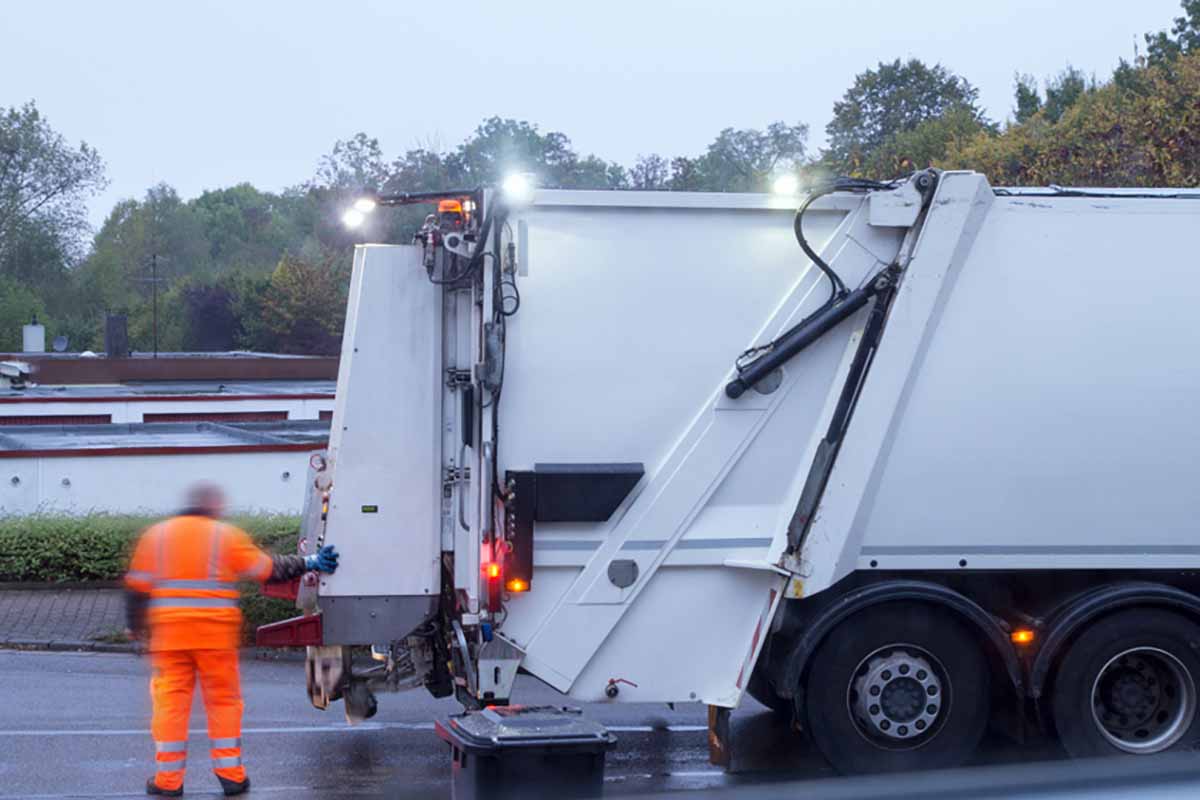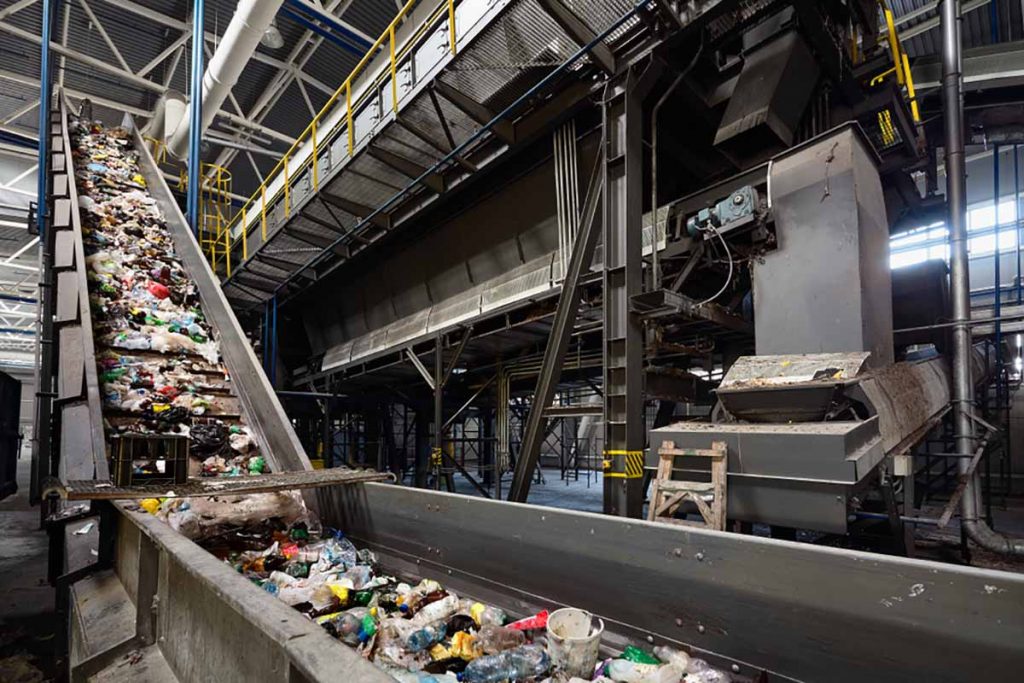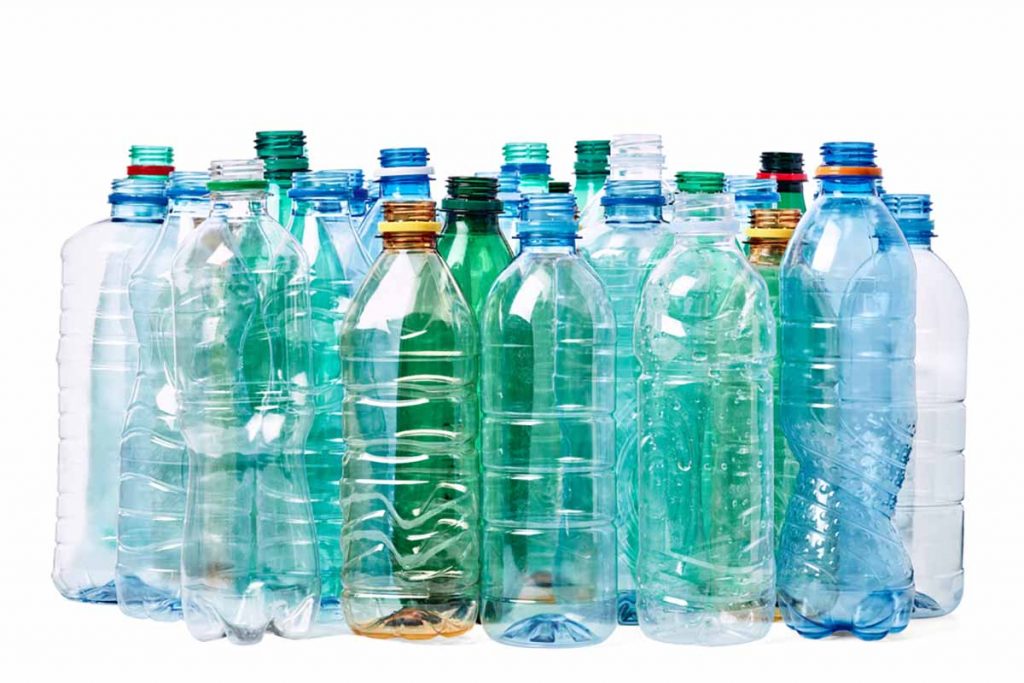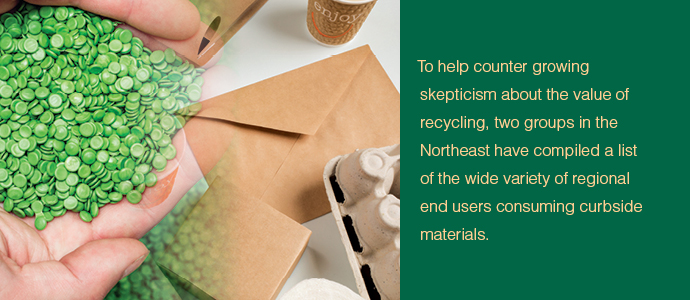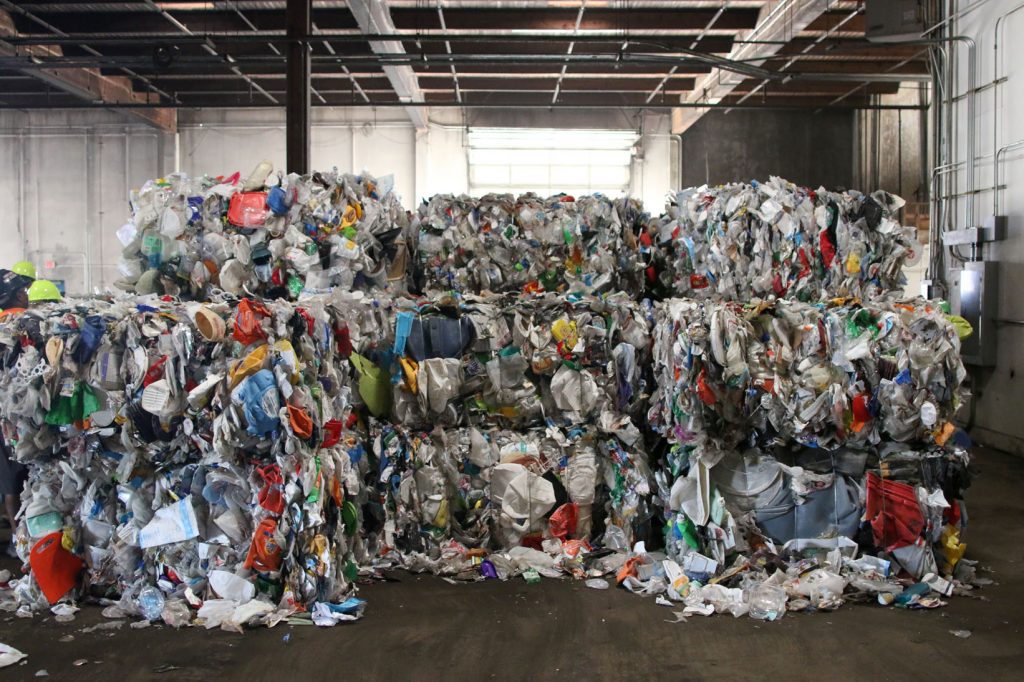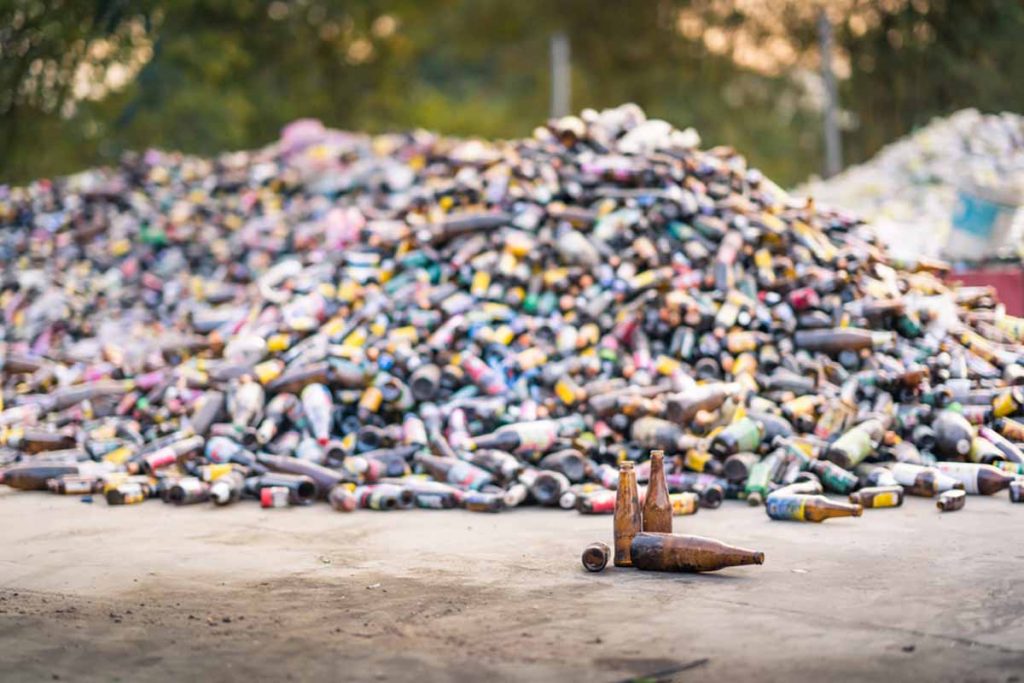
The state of New York will provide funding to create a Center for Glass Innovation. | Torychemistry/Shutterstock
A government grant will support a collaborative project to bolster end markets for recycled glass and improve the quality of the glass stream throughout New York.



